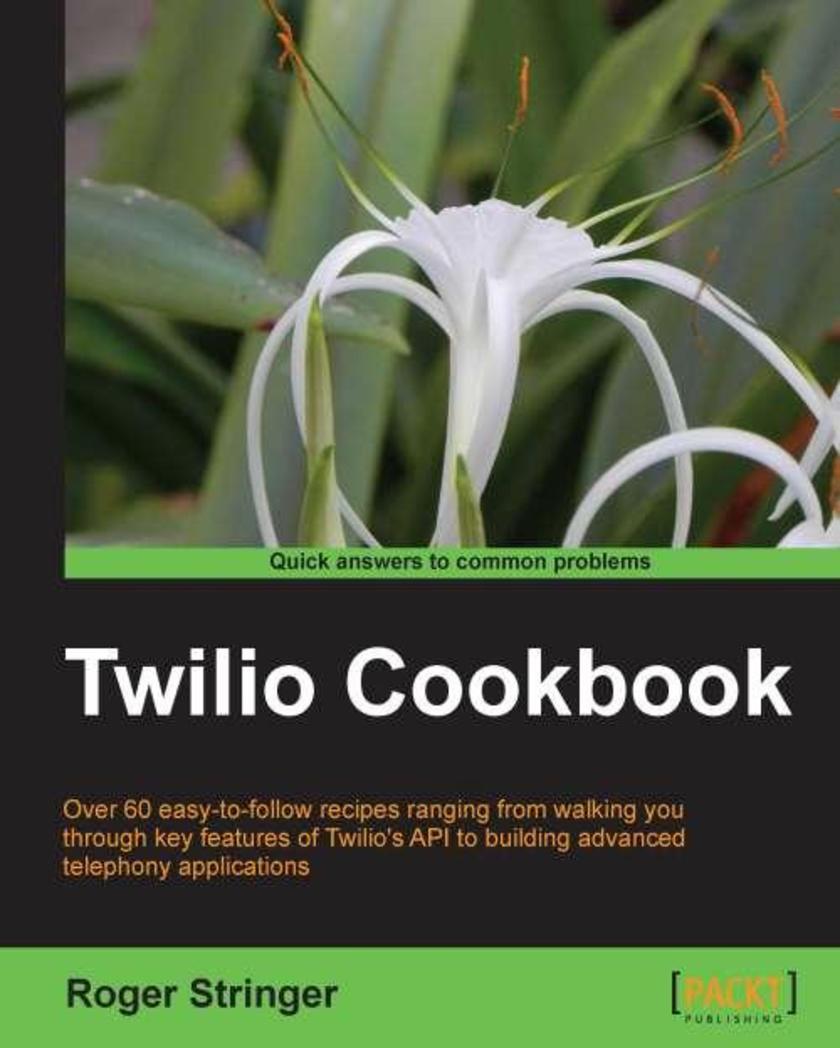
Twilio Cookbook
¥90.46
This book is a practical, hands-on guide that provides the reader with a number of clear, step-by-step exercises.This book is great for developers who already have knowledge of PHP and MySQL and who want to learn about integrating Twilio’s API into their websites for telephone solutions.
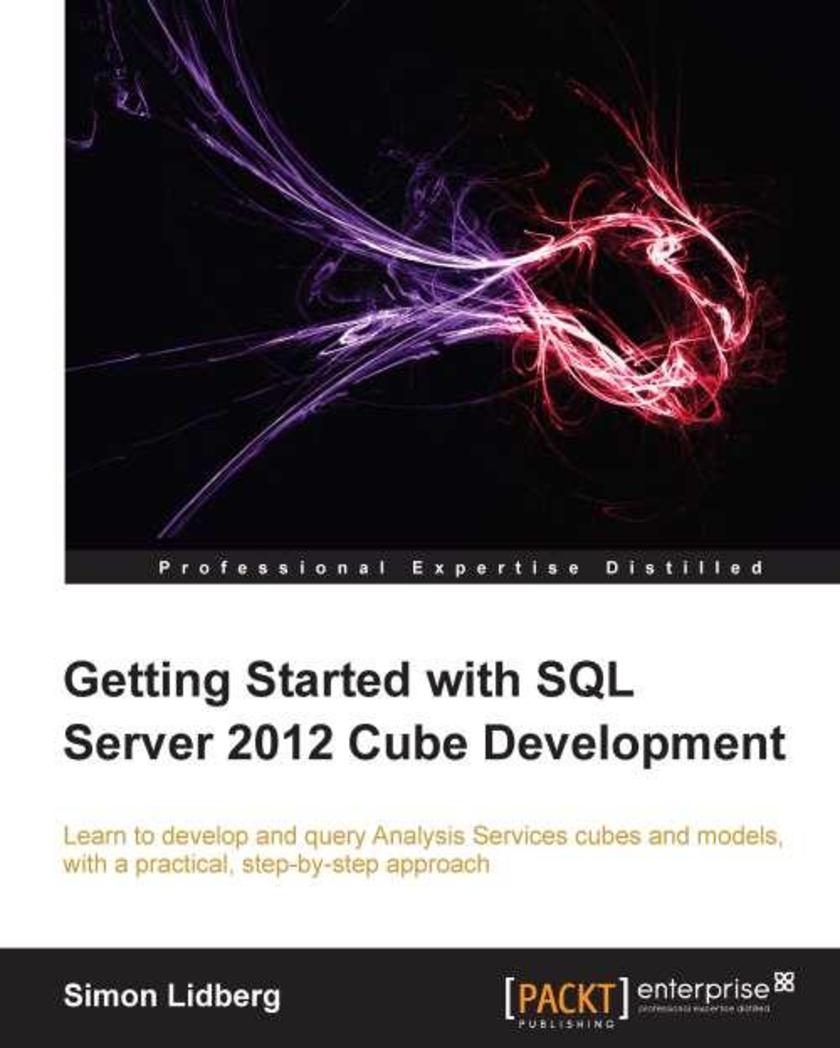
Getting Started with SQL Server 2012 Cube Development
¥90.46
As a practical tutorial for Analysis Services, get started with developing cubes. "Getting Started with SQL Server 2012 Cube Development" walks you through the basics, working with SSAS to build cubes and get them up and running.Written for SQL Server developers who have not previously worked with Analysis Services. It is assumed that you have experience with relational databases, but no prior knowledge of cube development is required. You need SQL Server 2012 in order to follow along with the exercises in this book.
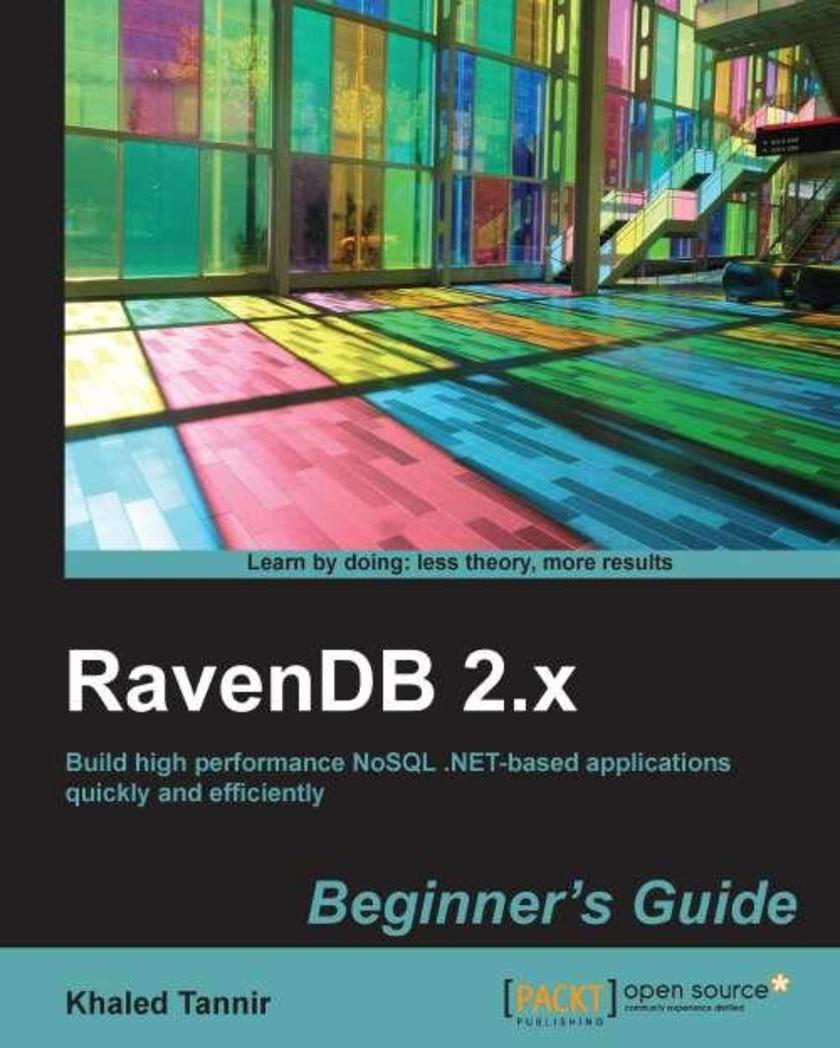
RavenDB 2.x Beginner’s Guide
¥90.46
Written in a friendly, example-driven Beginner’s Guide format, there are plenty of step-by-step instructions and examples that are designed to help you get started with RavenDB. If you are a .NET developer, new to document-oriented databases, and you wish to learn how to build applications using NoSQL databases, then this book is for you. Experience with relational database systems will be helpful, but not necessary.
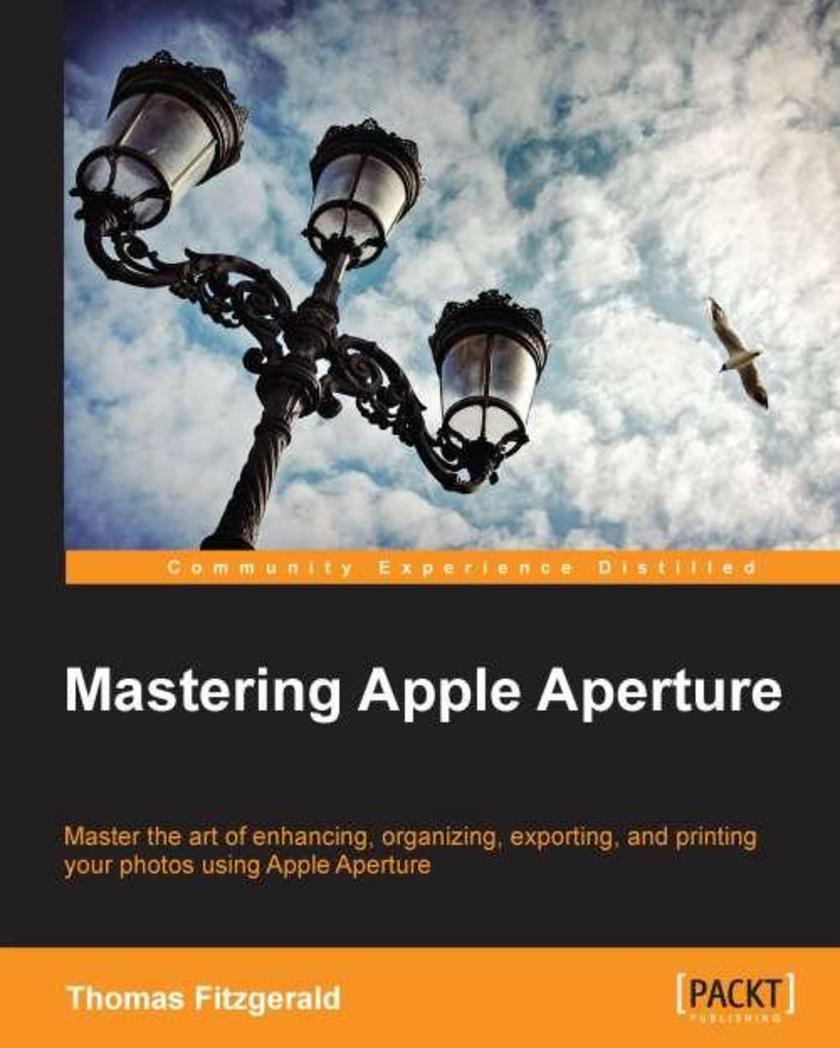
Mastering Apple Aperture
¥90.46
Written in a conversational style, the author will share his knowledge on advanced Aperture topics with detailed discussions of advanced topics, the theory behind some of those topics and lots of hints and tips for ways to improve your workflow.Photographer’s who have a basic understanding of Aperture
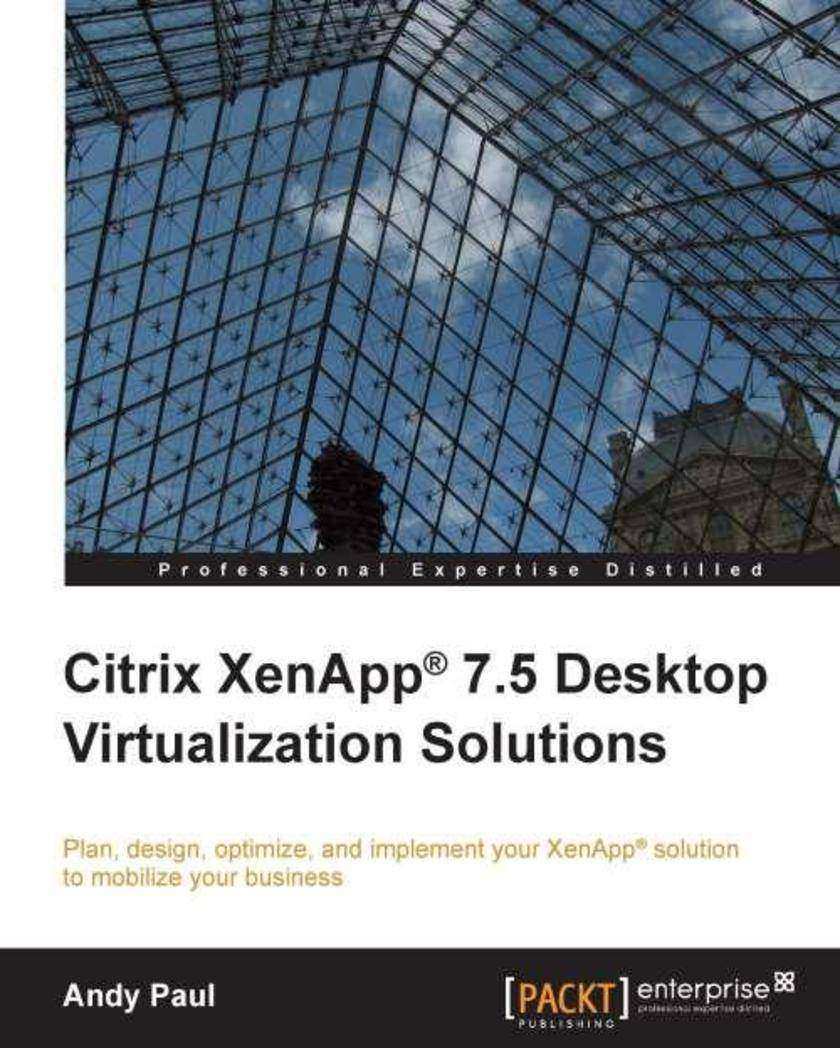
Citrix XenApp 7.5 Desktop Virtualization Solutions
¥90.46
If you are a Citrixengineer, a virtualization consultant, or an IT project manager with prior experience of using Citrix XenAppand related technologies for desktop virtualization and want to further explore the power of XenAppfor flawless desktop virtualization, then this book is for you.
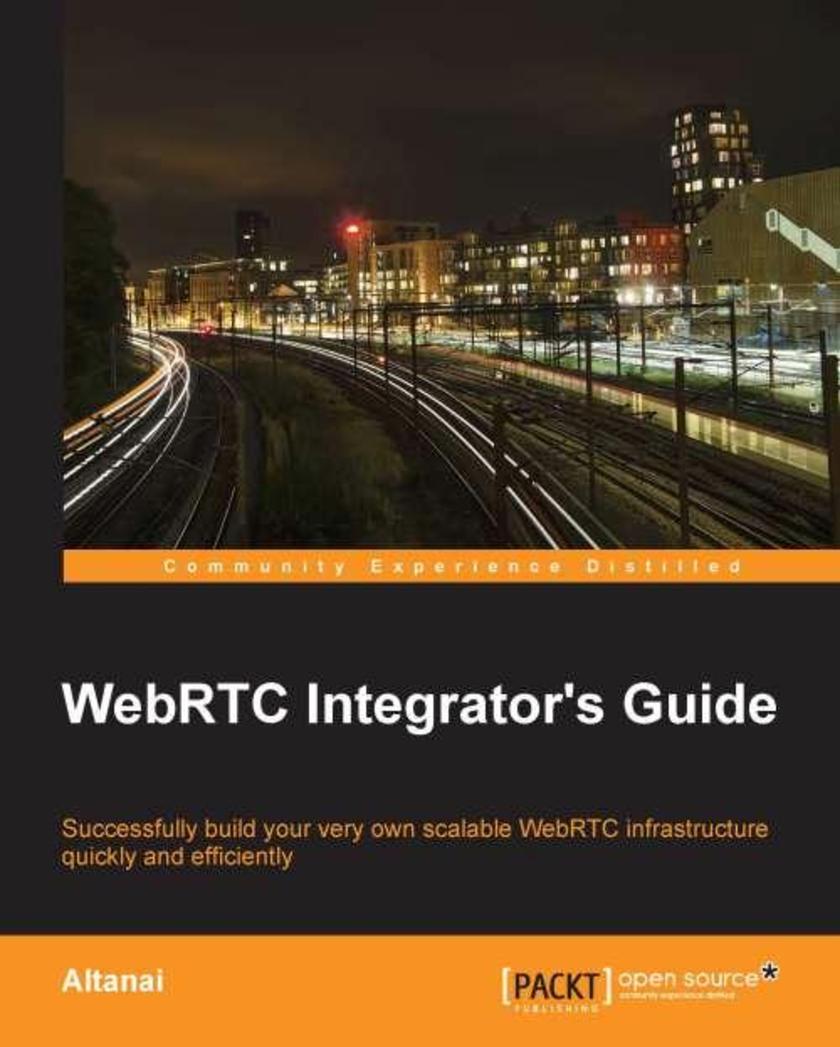
WebRTC Integrator's Guide
¥90.46
This book is for programmers who want to learn about real-time communication and utilize the full potential of WebRTC. It is assumed that you have working knowledge of setting up a basic telecom infrastructure as well as basic programming and *ing knowledge.
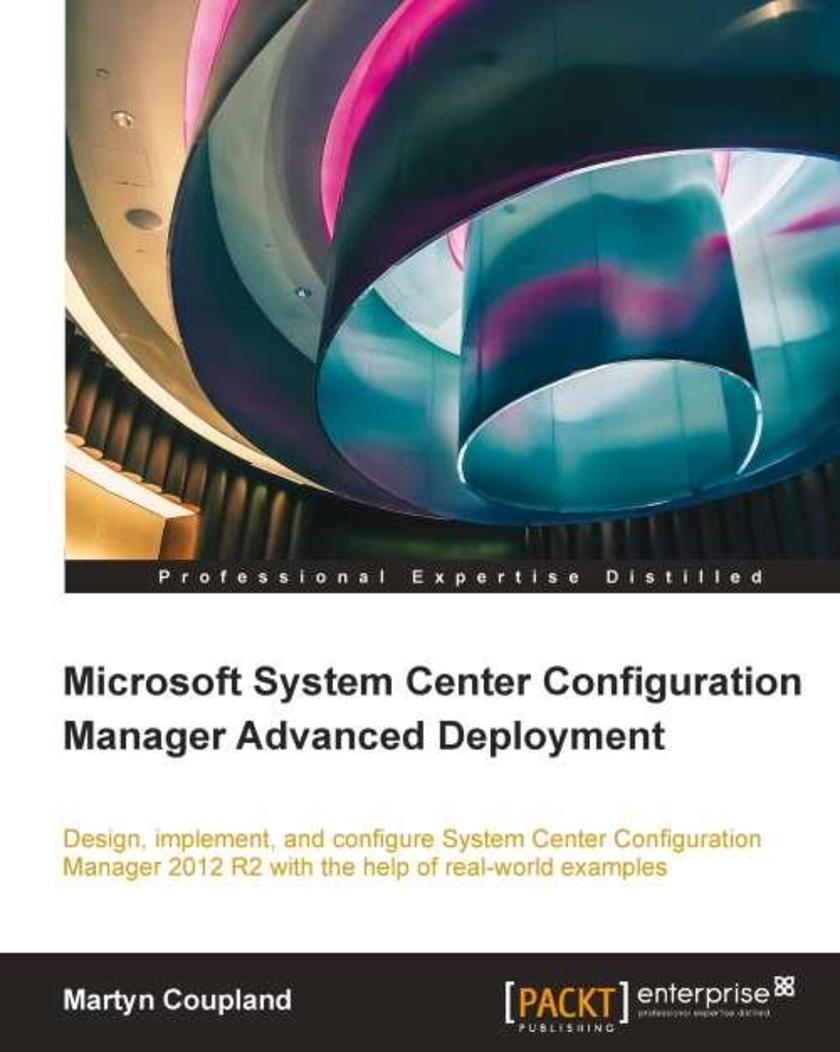
Microsoft System Center Configuration Manager Advanced Deployments
¥90.46
If you are an experienced Configuration Manager administrator looking to advance your career or get more from your current environment, then this book is ideal for you. Prior experience of deploying and managing a Configuration Manager site would be helpful in following the examples throughout this book.
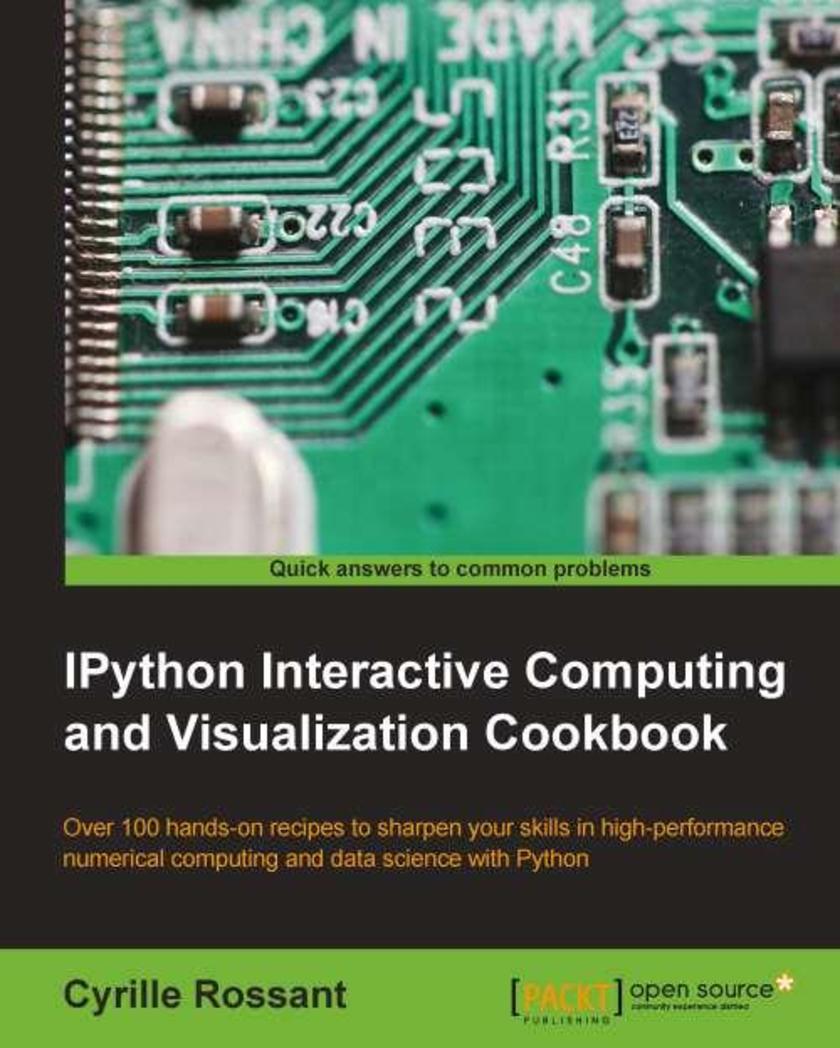
Ipython Interactive Computing and Visualization Cookbook
¥90.46
Intended to anyone interested in numerical computing and data science: students, researchers, teachers, engineers, analysts, hobbyists... Basic knowledge of Python/NumPy is recommended. Some skills in mathematics will help you understand the theory behind the computational methods.
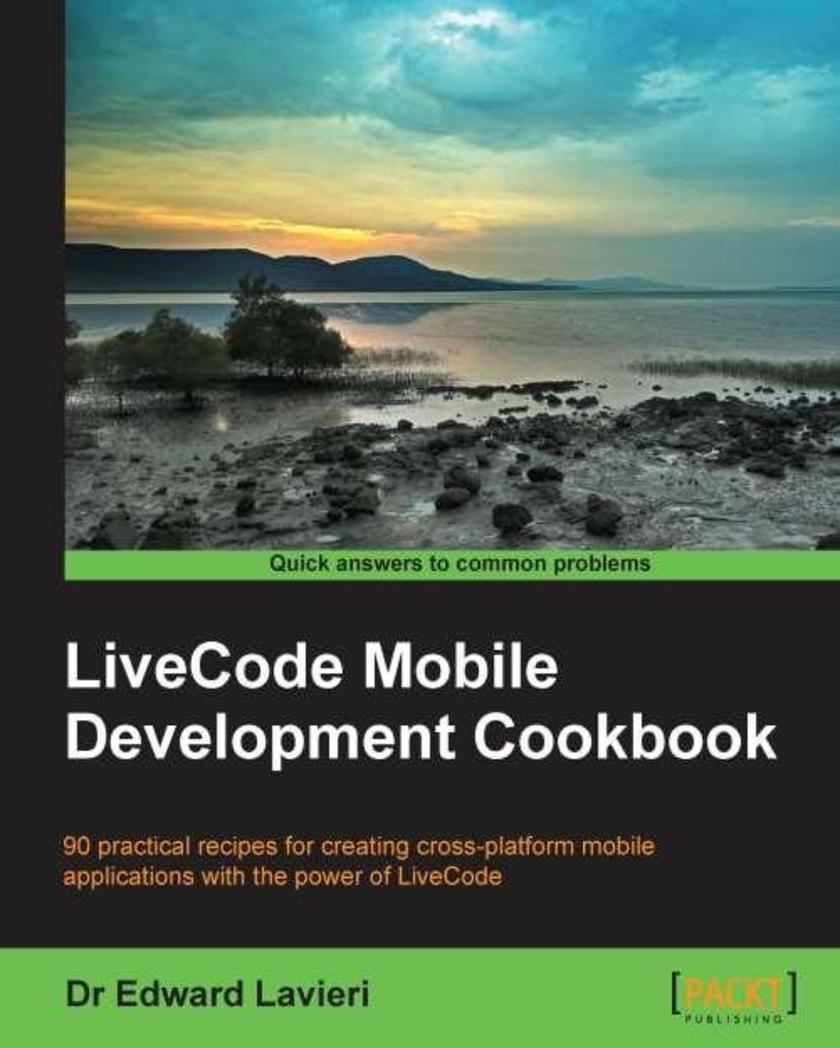
LiveCode Mobile Development Cookbook
¥90.46
If you are a LiveCode mobile developer looking to improve your existing skills, add efficiencies to your code, or want a better understanding of LiveCode’s capabilities, then LiveCode Mobile Development Cookbook is a must-have for you. The reader should at least have a basic understanding of LiveCode and mobile application development.
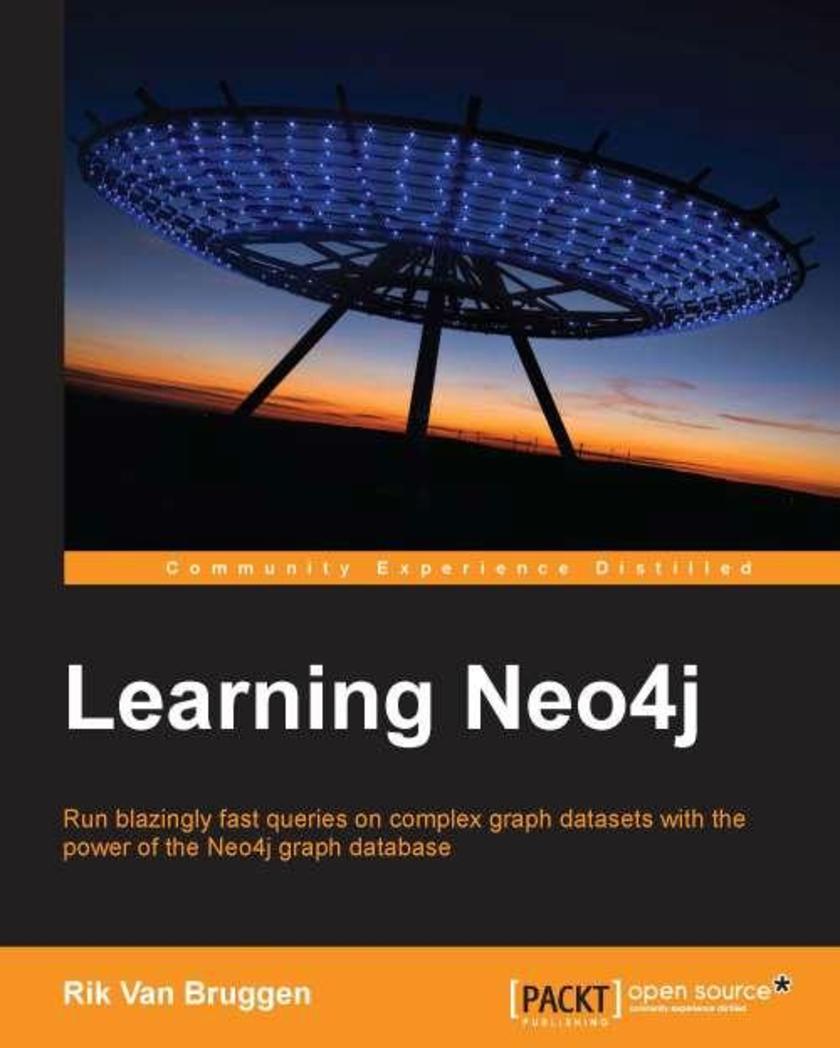
Learning Neo4j
¥90.46
This book is for developers who want an alternative way to store and process data within their applications. No previous graph database experience is required; however, some basic database knowledge will help you understand the concepts more easily.
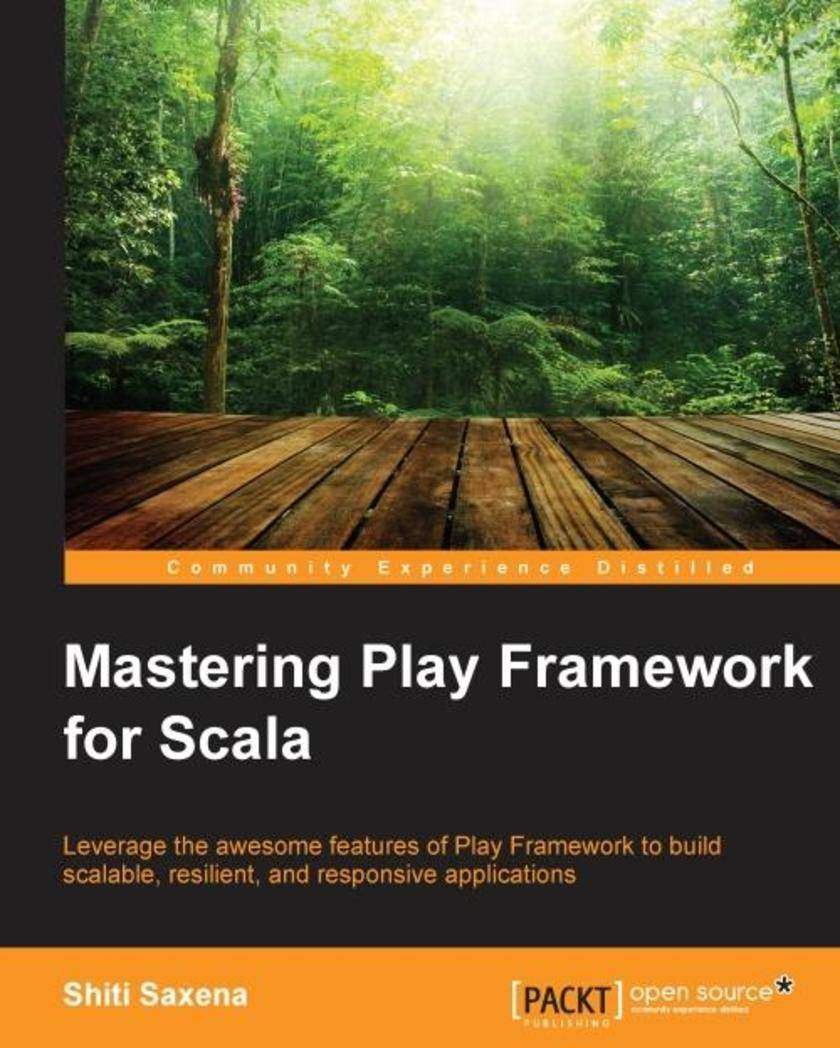
Mastering Play Framework for Scala
¥90.46
This book is intended for those developers who are keen to master the internal workings of Play Framework to effectively build and deploy web-related apps.
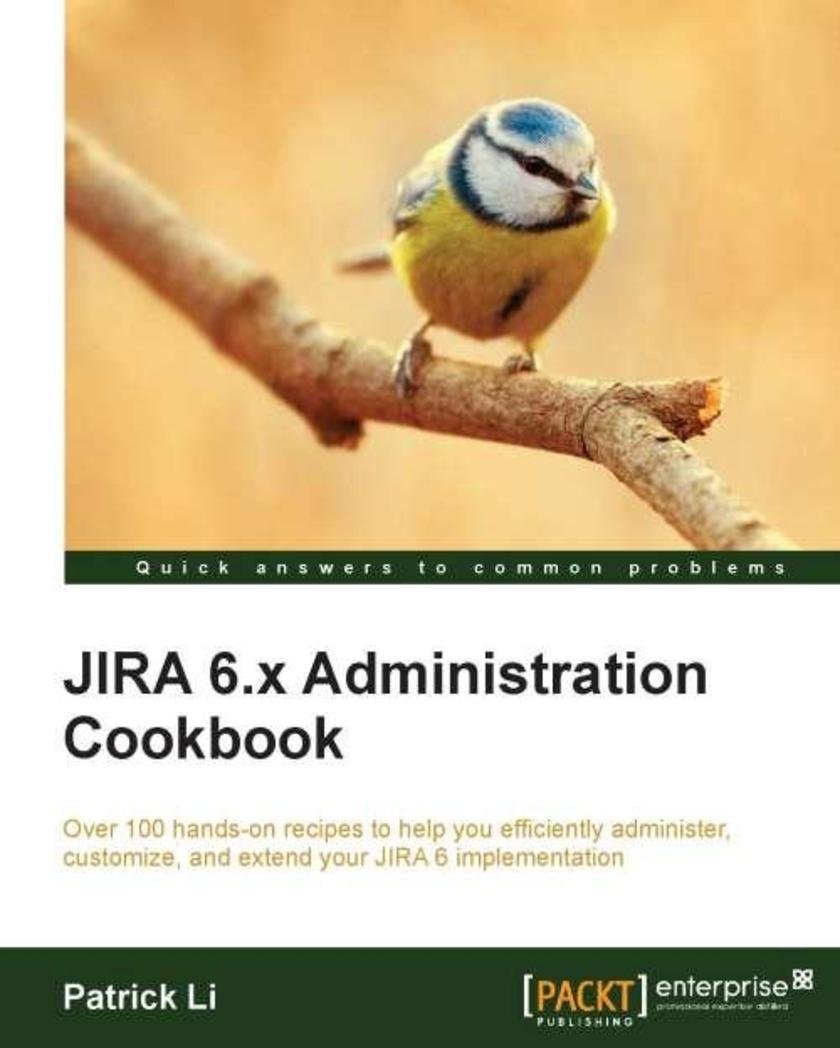
JIRA 6.x Administration Cookbook
¥90.46
A comprehensive guide, full of practical recipes with real-life JIRA administration challenges, solutions, and examples with illustrations from the actual application. If you are an administrator who will be customizing, supporting, and maintaining JIRA for your organization, this book is for you. Familiarity with the core concepts of JIRA is essential. For some recipes, basic understanding in HTML, CSS, and JavaScript will also be helpful.
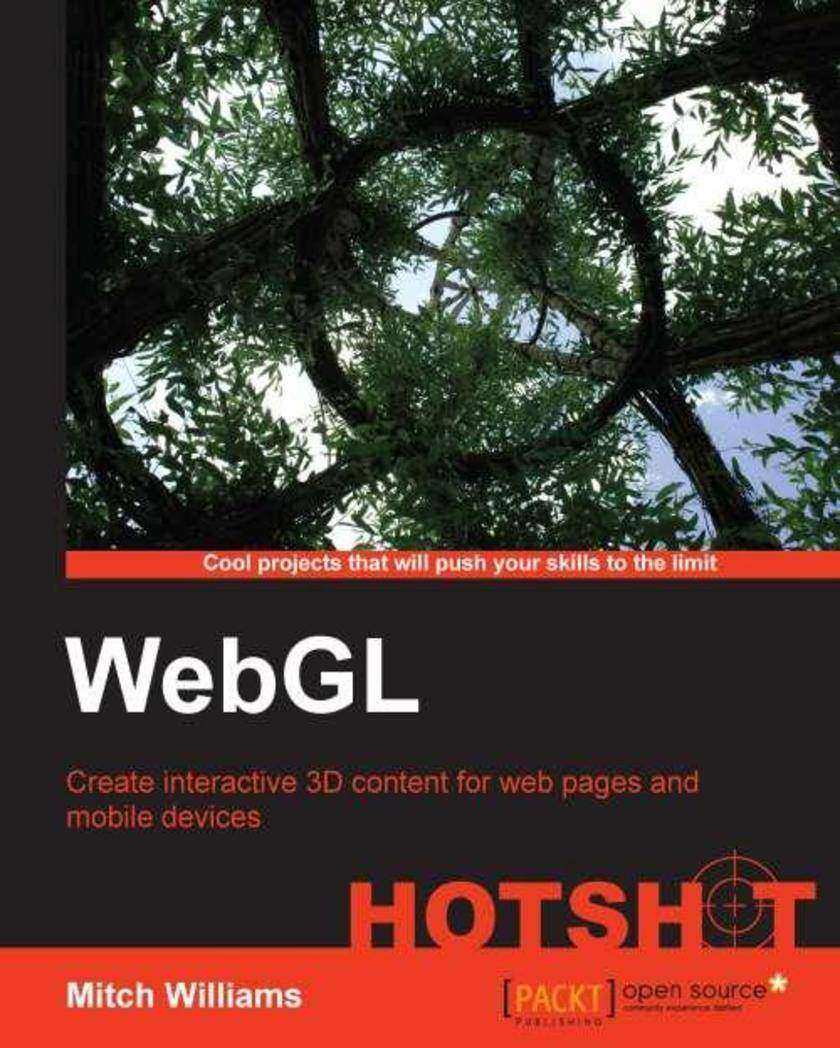
WebGL Hotshot
¥90.46
Every chapter starts with a 'mission briefing' section that describes what is to be achieved by the end of the chapter. This is followed with the decisions and steps required to accomplish the mission objective with challenges to take the project further. The scope for the book thus mimics the reallife requirements of a developer and gets you ready to successfully build your own project. If you are a web designer looking to expand your knowledge of 3D graphics concepts and broaden your existing skill set, then this book is for you. Those looking for an introduction to 3D graphics will benefit from WebGL Hotshot as it is a perfect guide to master 3D concepts, helping you build and deploy 3D worlds much quicker. The book assumes a basic knowledge of HTML, though it can be learned concurrently while reading this book. Basic programming knowledge is useful; however, the graphical nature of web 3D content allows you to learn programming through experimentation.
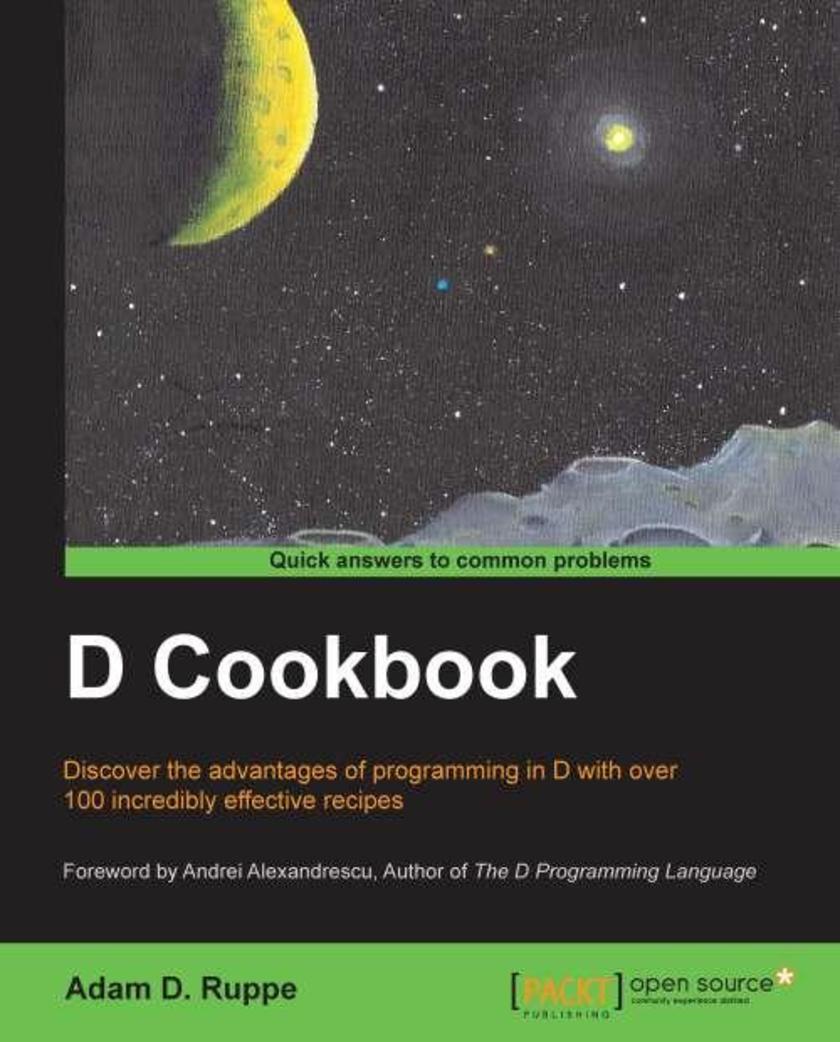
D Cookbook
¥90.46
A recipepacked reference guide filled with practical tasks that are concisely explained to develop and broaden the user's abilities with the D programming language. If you are an experienced programmer who is looking to explore a language that offers plenty of advantages over more established programming languages, this is the book for you. We assume that you are already familiar with general programming language basics, but you do not need to be a proficient user of D.
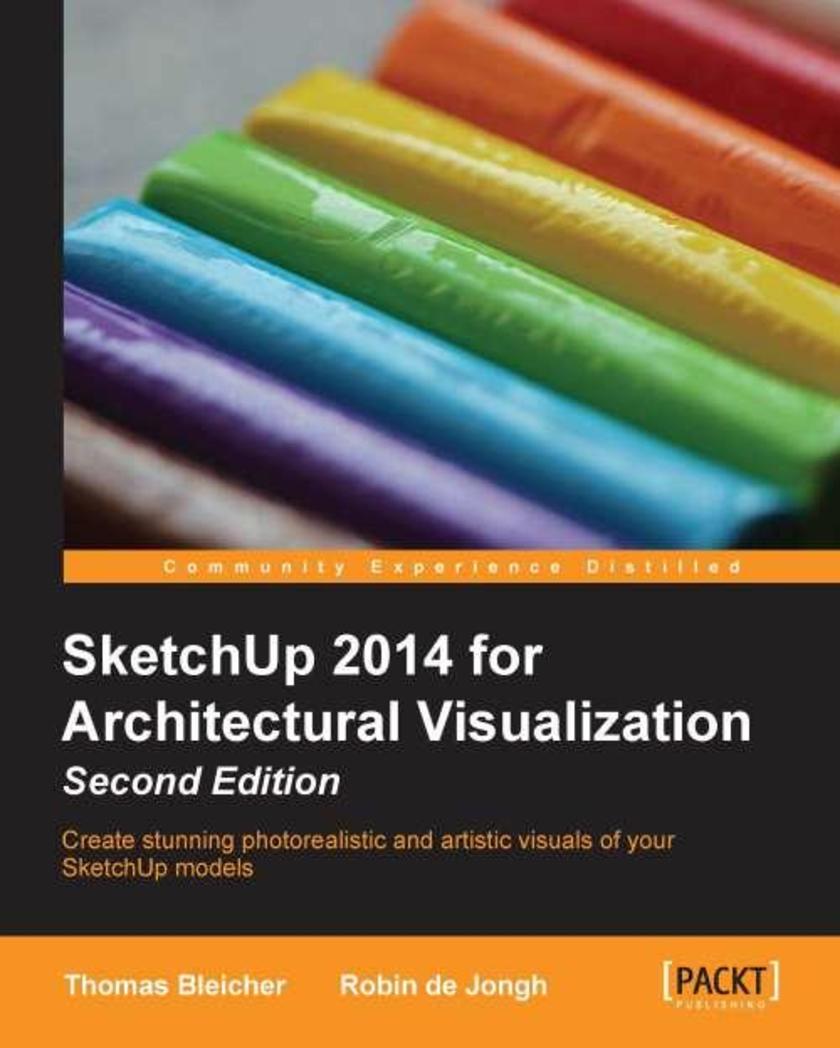
SketchUp 2014 for Architectural Visualization
¥90.46
Beginning with a quick start tutorial which will get you up and running with SketchUp 2014 quickly, you will move on to learning the key skills you will need to wow your clients with stunning visualizations through a series practical steps, tips and tricks. If you are a SketchUp user, from an amateur right through to an architectural technician, professional architect, or designer, this is the book for you. This book is also suitable as a companion to any architectural design or multimedia course, and is accessible to anyone who has learned the basics of SketchUp.
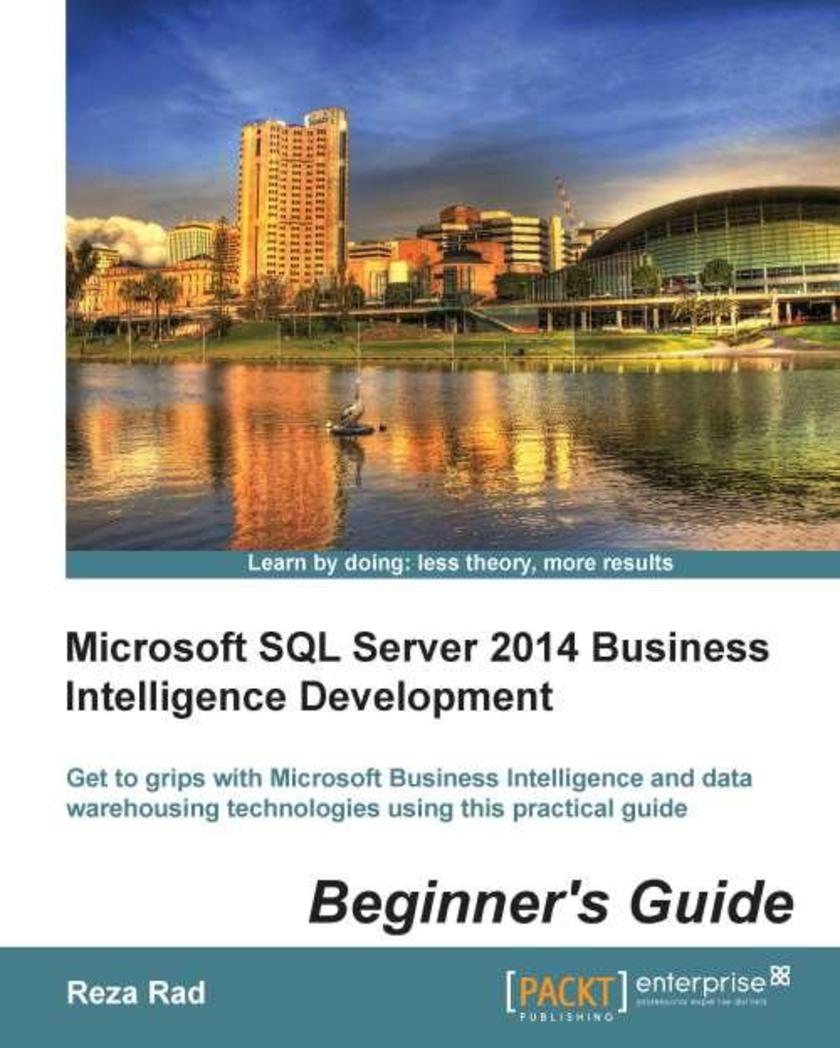
Microsoft SQL Server 2014 Business Intelligence Development Beginner’s Guide
¥90.46
Written in an easy-to-follow, example-driven format, there are plenty of stepbystep instructions to help get you started! The book has a friendly approach, with the opportunity to learn by experimenting. If you are a BI and Data Warehouse developer new to Microsoft Business Intelligence, and looking to get a good understanding of the different components of Microsoft SQL Server for Business Intelligence, this book is for you. It’s assumed that you will have some experience in databases systems and T-SQL. This book is will give you a good upshot view of each component and scenarios featuring the use of that component in Data Warehousing and Business Intelligence systems.
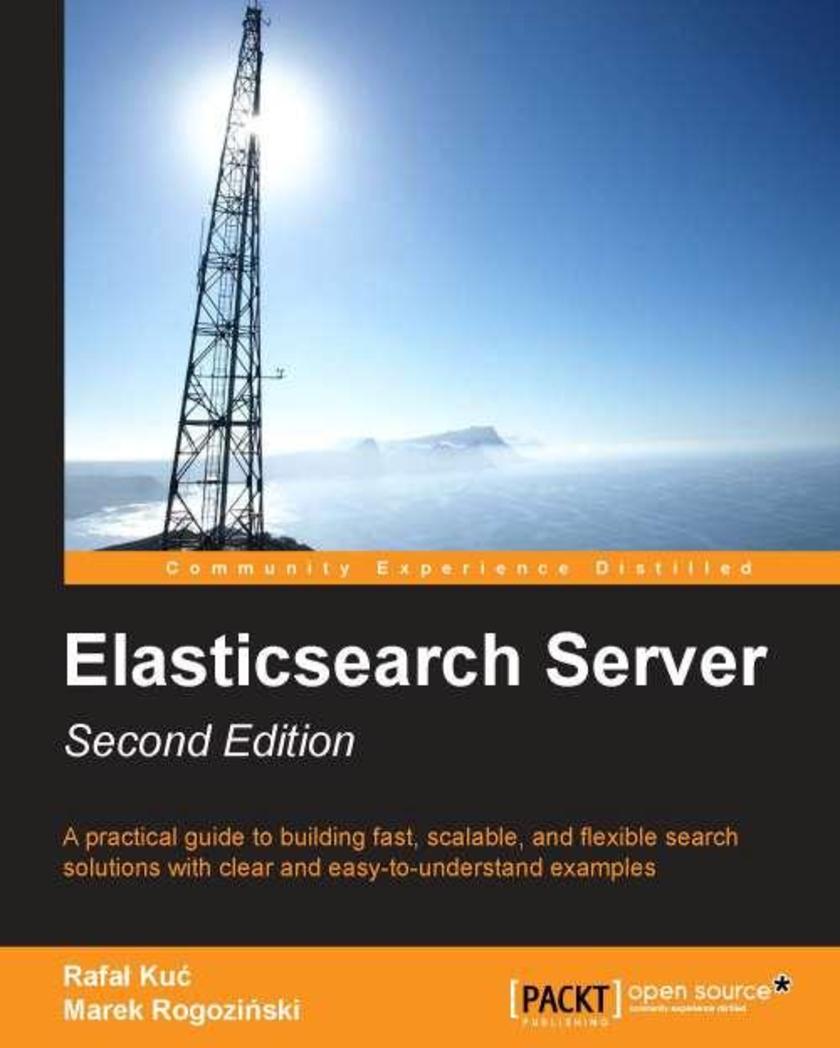
ElasticSearch Server Second Edition
¥90.46
This book is a detailed, practical, handson guide packed with reallife scenarios and examples which will show you how to implement an ElasticSearch search engine on your own websites. If you are a web developer or a user who wants to learn more about ElasticSearch, then this is the book for you. You do not need to know anything about ElastiSeach, Java, or Apache Lucene in order to use this book, though basic knowledge about databases and queries is required.
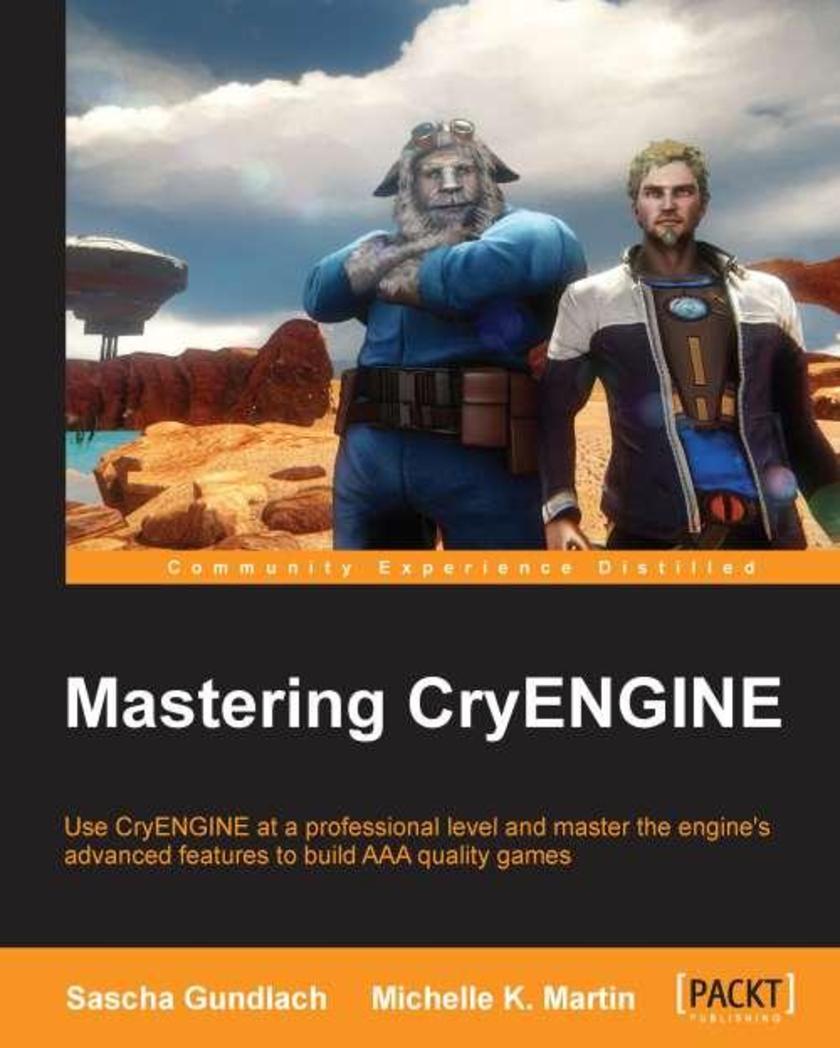
Mastering CryEngine
¥90.46
A comprehensive guide that covers advanced tasks performed with the CryENGINE system using interesting examples and illustrations demonstrating each of its features. This book is designed for developers who already have a basic understanding of CryENGINE and who want to take their skills to the next level. Whether you are a hobbyist developer or you are working on an AAA project, Mastering CryENGINE will help you enhance your CryENGINE proficiency.
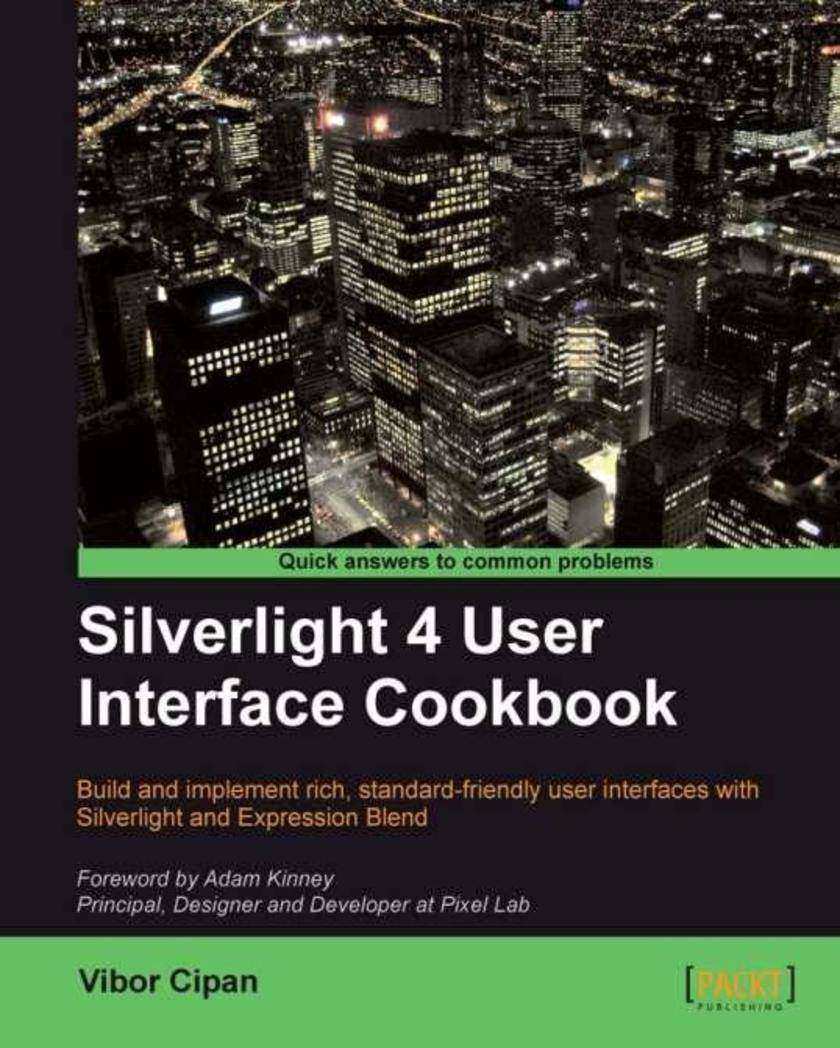
Silverlight 4 User Interface Cookbook
¥90.46
Written in a Cookbook style, this book offers learning and techniques through recipes. It contains step-by-step instructions for designers and developers who want to learn about how to design and implement numerous user interface patterns with Silverlight. It will take you a step further by providing you with professional and proven user interface and user experience guidelines wherever possible. The book is designed in such a way that you can explore it chapter-by-chapter, or read it in any order. Written in a Cookbook style, this book offers learning and techniques through recipes. It contains step-by-step instructions for designers and developers who want to learn about how to design and implement numerous user interface patterns with Silverlight. It will take you a step further by providing you with professional and proven user interface and user experience guidelines wherever possible. The book is designed in such a way that you can explore it chapter-by-chapter, or read it in any order.
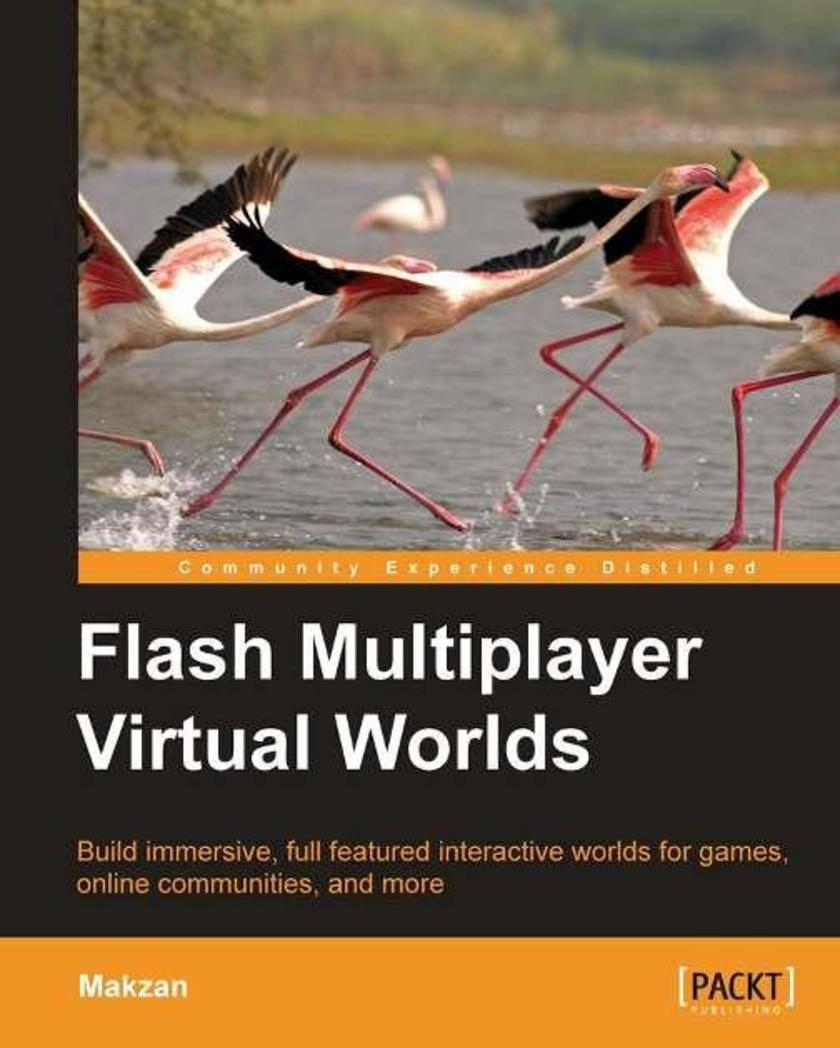
Flash Multiplayer Virtual Worlds
¥90.46
This is a step-by-step, hands-on guide that is filled with examples and screenshots of building a multiplayer virtual world. The virtual world is built gradually; each chapter in the book sequentially develops the virtual world. The author explains the fundamentals with examples from existing virtual worlds such as Club Penguin, Mole, Dofus, and World of Warcraft. If you are a Flash or an ActionScript developer who wants to build powerful and immersive multiplayer games, this book is for you. This book assumes that you have some experience with ActionScript 3.0.
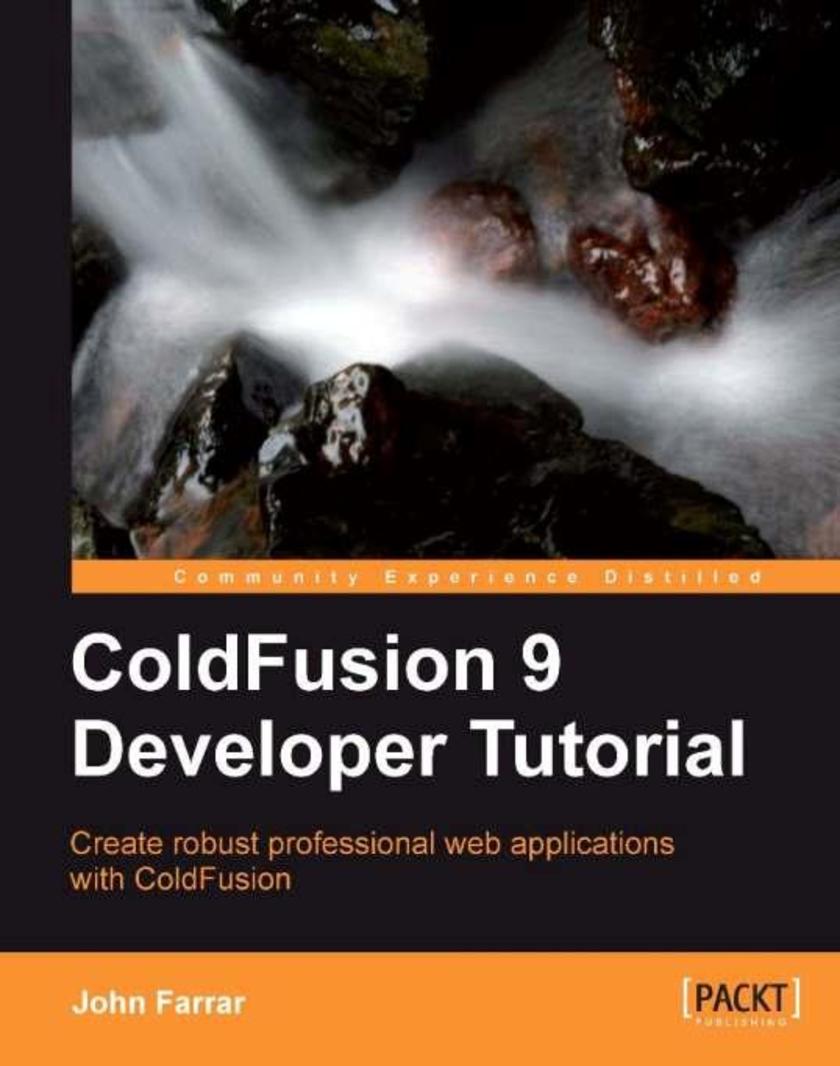
ColdFusion 9 Developer Tutorial
¥90.46
This book is a fast-paced tutorial to developing ColdFusion applications, with an emphasis on real-world skills. Packed with examples and careful explanations, the book leads you through all the topics relevant to today's ColdFusion developer. This book is for web developers working with ColdFusion 9. If your goal is to get a good grounding in the basics of the language as quickly as possible and put a site together quickly, this book is ideal for you. This book will also help you if you want to learn more about professional programming of ColdFusion. No prior knowledge of ColdFusion is expected, but basic knowledge of general web and software development skills is assumed.




 购物车
购物车 个人中心
个人中心



